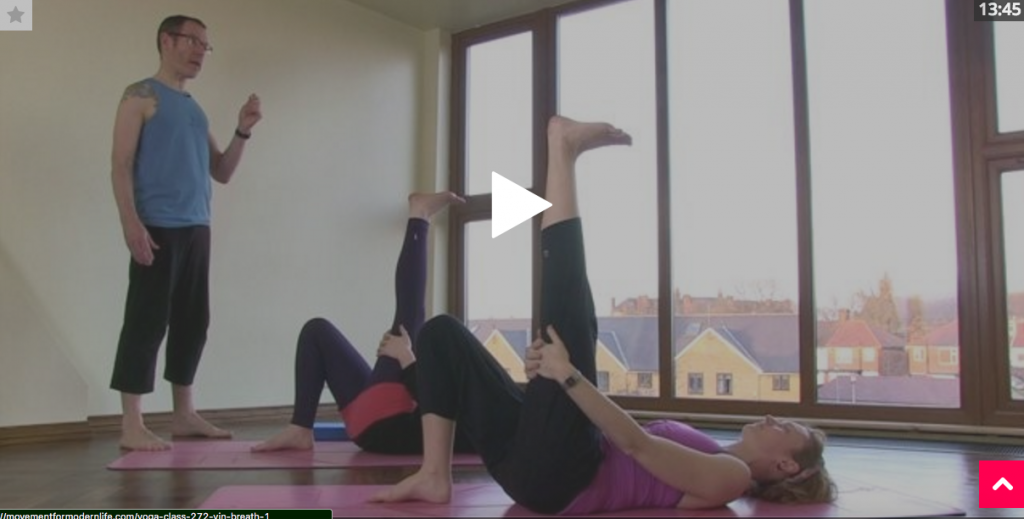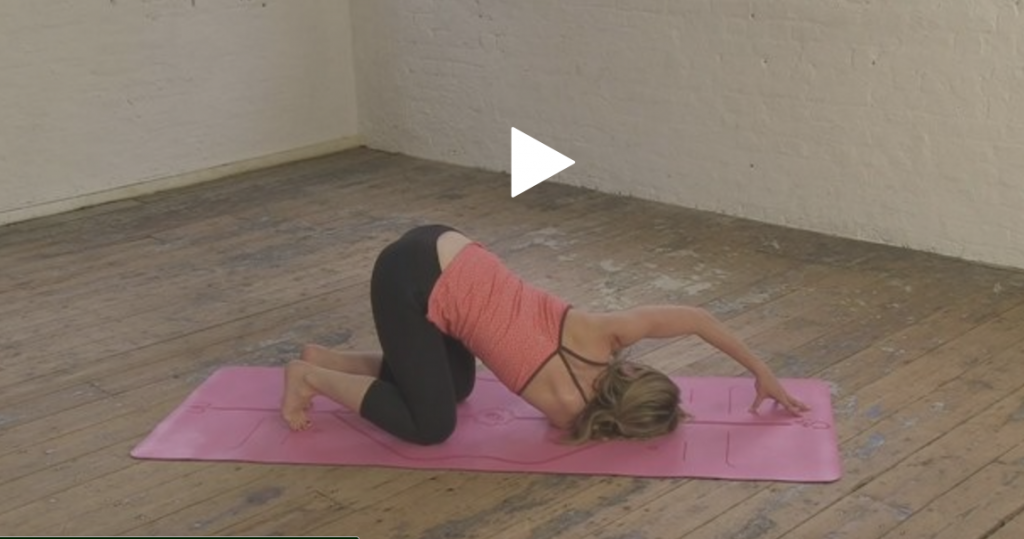It can be hard to feel connected when we don’t see eye to eye with someone. Relationships are everywhere, today Corrina helps you with some tips to navigate through differences.
We tend to seek out like-minded community wherever possible. In fact, you’re here reading these words because there’s something about MFML that resonates with you – a similarity of outlook. This community feels like “your people”, sharing a passion for health and wellbeing, spirituality, personal growth.
But what about those people who are important to you but think very differently from you? Whether you’re thinking of your partner, mother, sister or son, you feel the disconnection of being poles apart on certain issues.
Maybe you want children and your partner doesn’t. Or you’re vegetarian and your friend scoffs as he tucks into his burger. Perhaps you believe one nursing home will be best for your dad but your brother is adamant about choosing a different one.
When we’re passionate about our point of view, the tendency is to dig in and become fixed in our position – but then what happens to the flow and flexibility we’re developing through our yoga practice? Can we take that flow and flexibility off the mat and into our relationships?
The key is priorities. We set ourselves up for either peace or stress, or for connection or disconnection, based on what we choose to prioritise in any moment.
In relationships, our default priority is being right. The ego mind creates identity through polarity: I’m right, you’re wrong. We argue our point, justify ourselves, find evidence to prove the other person wrong. This causes stress and conflict.
When we become conscious, we see: I want to prioritise feeling good. I want to prioritise connection above winning this argument. The feeling of connection trumps everything and it’s a feeling that happens inside so it’s 100% within our power to feel connected, regardless of how the other person shows up.
On the yoga mat, we can strengthen our prioritising muscle. As you settle in at the start of a MFML yoga class, ask yourself: What is my priority in today’s practice? For example: “Today, I prioritise breathing deeply as more important than getting my head on my knees”.
Throughout a class, you can practise priorities within each specific asana – for example: “Right now, I prioritise creating length in my spine above the need to touch my toes.” Frequently, a MFML teacher will support us by offering these kind of prompts, guiding our focus.
For example, yesterday as I took a short yin class with Norman Blair he reminded me to prioritise paying attention.
And today, Clare Beagley instructed me in seated twist to prioritise the stability of legs and pelvis.
We can be intentional about our priorities. We can get things in order based on what’s most important in our lives. We can ask ourselves: What’s my highest intention? What do I most want?
We can then take this practice off the mat into our relationships. When we’re with a loved one who’s very different from us, we can ask ourselves: What’s my priority in this relationship? Is it more important to argue my point or hear hers? Is it more important to convince him that I’m right or to be interested in his point of view? What matters most to me right now?
Our yoga practice can support us to prioritise what matters most in our relationships. We can create partnerships and family relationships that reflect our highest priorities and therefore give us the experience of life we most desire.
![]() Corrina Gordon-Barnes is a relationship coach who helps us to love our loved ones better. Whether you want more connection with your partner, to be more patient with your child, or to deeply enjoy time spent with your parent or sibling, sign up for her free 7-day relationship challenge here.
Corrina Gordon-Barnes is a relationship coach who helps us to love our loved ones better. Whether you want more connection with your partner, to be more patient with your child, or to deeply enjoy time spent with your parent or sibling, sign up for her free 7-day relationship challenge here.








Leave a Reply